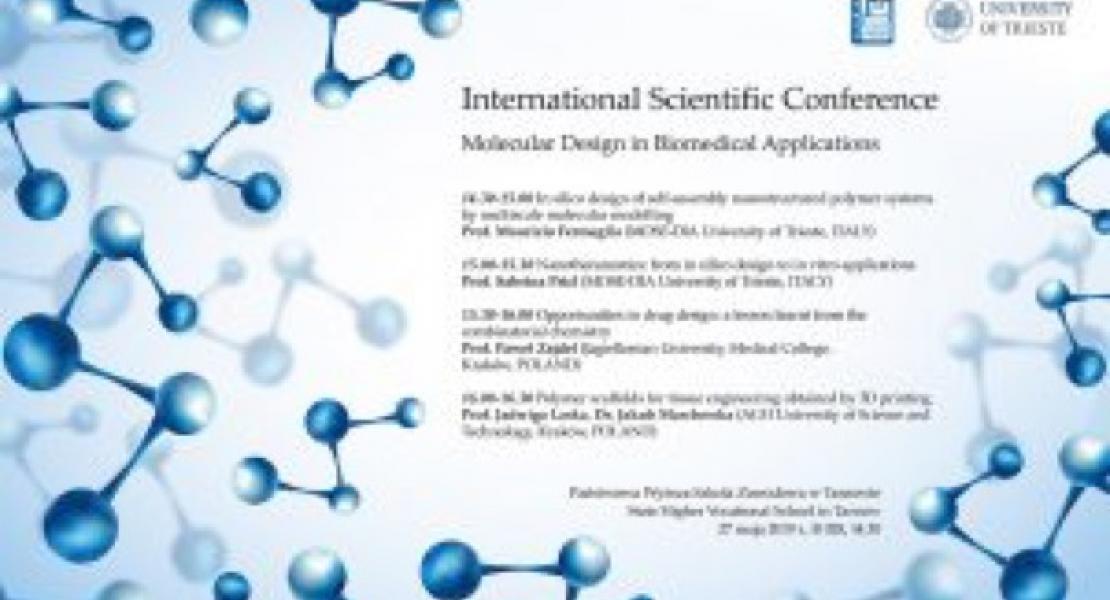Self-assembling Nanotechnology for Cancer Personalized Medicine
Titolo: Self-assembling Nanotechnology for Cancer Personalized Medicine
Abstract: Theranostics is a new field of medicine, which combines specific targeted therapies and diagnostic tests. With a key focus on patient centered care, theranostics provides a transition from conventional medicine to a contemporary personalized and precision medicine approach. The theranostic paradigm in cancer involves nanoscience to unite diagnostic and therapeutic applications to form nanosized agents for diagnosis, drug/gene delivery and treatment response monitoring. These nanocarriers can indeed be engineered to precisely control drug/gene/sensor-release rate and/or target specific organs/tissues within the body with a specific amount of therapeutic/diagnostic agent. In order to fulfill these expectations, any nanovector system must be designed to transport the optimum amount of therapeutic/diagnostic cargo to the desired target site where the active principle is to be released at an optimal rate during a specific time window. Keeping the promises of theranostics is a current formidable challenge in (bio)nanotechnology, and major efforts are devoted to the design of integrated multifunctional and multivalent nanovectors able to provide selective recognition combined with sustained release and/or diagnostic reporting. In this contribution, the pathway leading to two types of nanosystems obtained by exploiting the quintessence of nanotechnology, i.e., the self-assembling process of small, amphiphilic molecules, is reported. Depending on the specific chemistry adopted, these nanomicelles are able to perform specific and effective gene silencing via targeted small interfering RNA (siRNA) delivery, and provide PET images with significantly superior imaging quality relating
to sensitivity, specificity and accuracy when compared to the clinical standard [18F]FDG.


